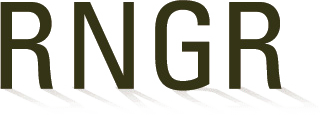 Control of Rhizoctonia Foliar Blight in Forest Seedling Nurseries: A 3-Year Study
Control of Rhizoctonia Foliar Blight in Forest Seedling Nurseries: A 3-Year Study
Laboratory and field trials have shown Proline® (prothioconazole) to be efficacious against the causal agent of Rhizoctonia foliar blight on loblolly pine (Pinus taeda). A biweekly application of Proline® at 5 fl oz/ac in nursery field tests significantly reduced Rhizoctonia foliar blight on loblolly pine when compared to applications of Abound® azoxystrobin (24 fl oz/ac; 1 fl oz/ac = 73.1 ml/ hectare) and the non-treated control. The potential monetary loss due to Rhizoctonia foliar blight per acre was $967 for non-treated, $209 for azoxystrobin treated, and <$1 per acre for prothioconazole treated. A second trial was conducted applying prothioconazole and azoxystrobin every 3 weeks. The potential monetary loss per acre was $1,294 for non-treated, $693 for azoxystrobin treated, and <$1 per acre for prothioconazole treated. In addition to disease control, Proline®-treated seedlings were significantly larger and appeared greener than either non-treated seedlings or seedlings treated with azoxystrobin. In a third trial comparing 5 and 3 fl oz/ac of Proline®, loss of seedlings occurred at the lower rate after seedling canopy closure. Disease spread within test areas was not correlated with the prevailing winds indicating the inoculum source was within the test area. Forest seedling nurseries should change their initial fungicide application from canopy closure to 1-2 fungicide applications prior to canopy closure to reduce inoculum and disease pressure later in the growing season. Proline® is currently labeled for use in forest seedling nurseries.
Download this file:
Details
Author(s): Ken McQuage, Kevin Barfield, Scott A. Enebak, Tom E. Starkey
Event:
Joint Meeting of the Southern Forest Nursery Association and Northeastern Forest and Conservation Nursery Association
2012 - Chattanooga, Tennessee



